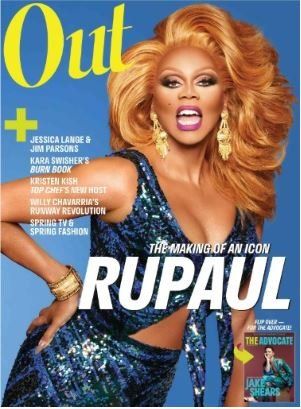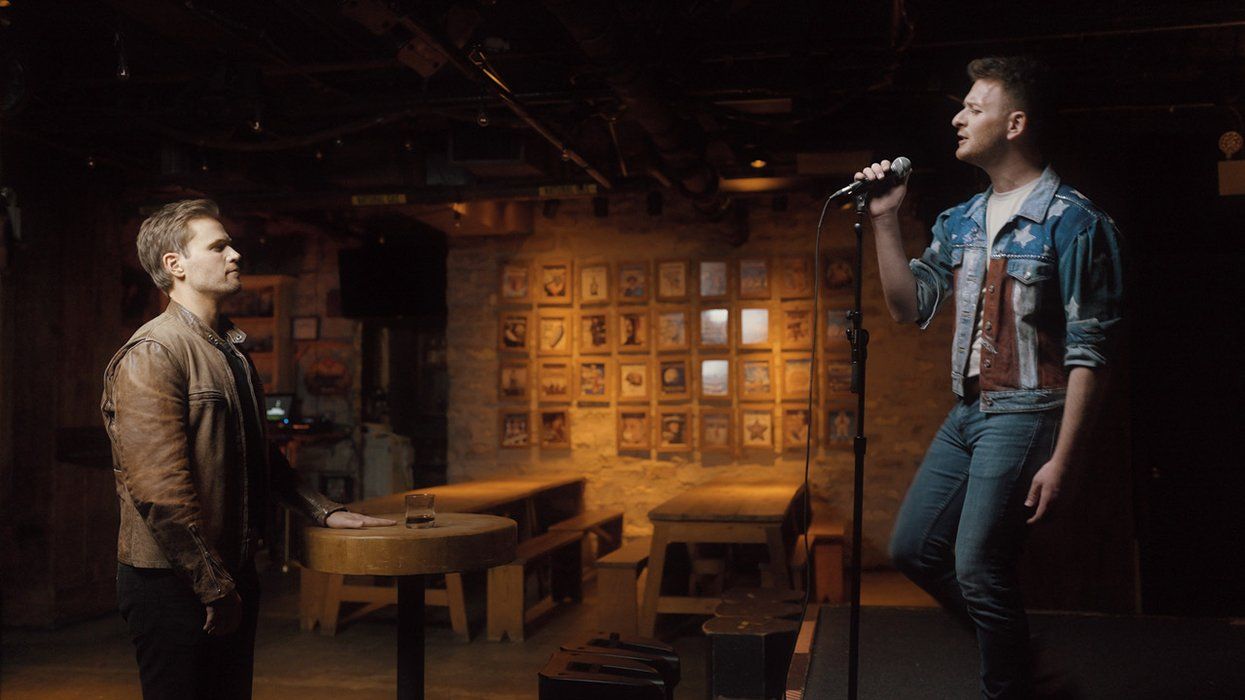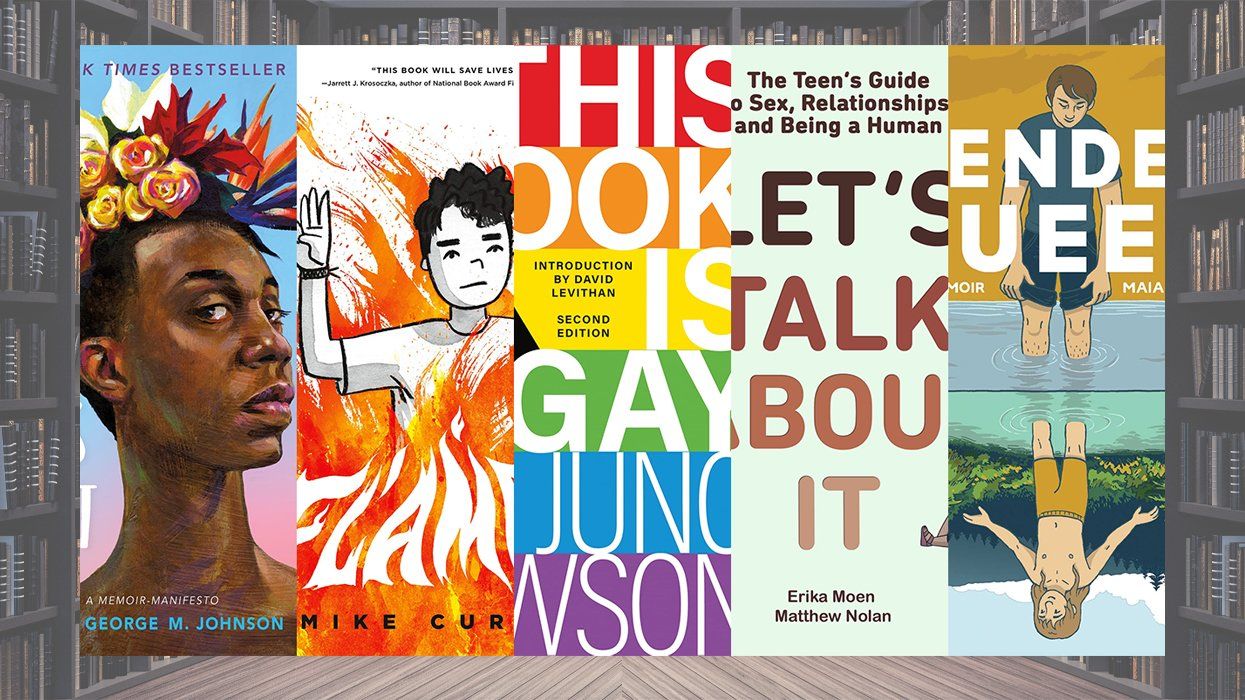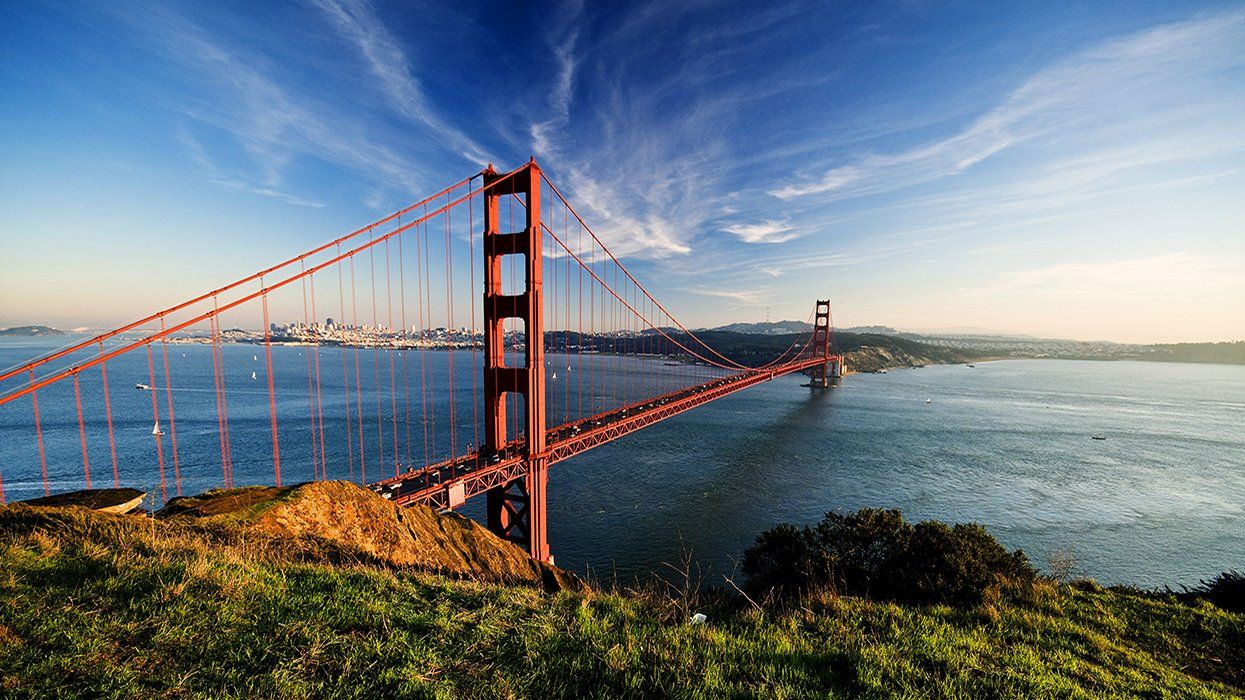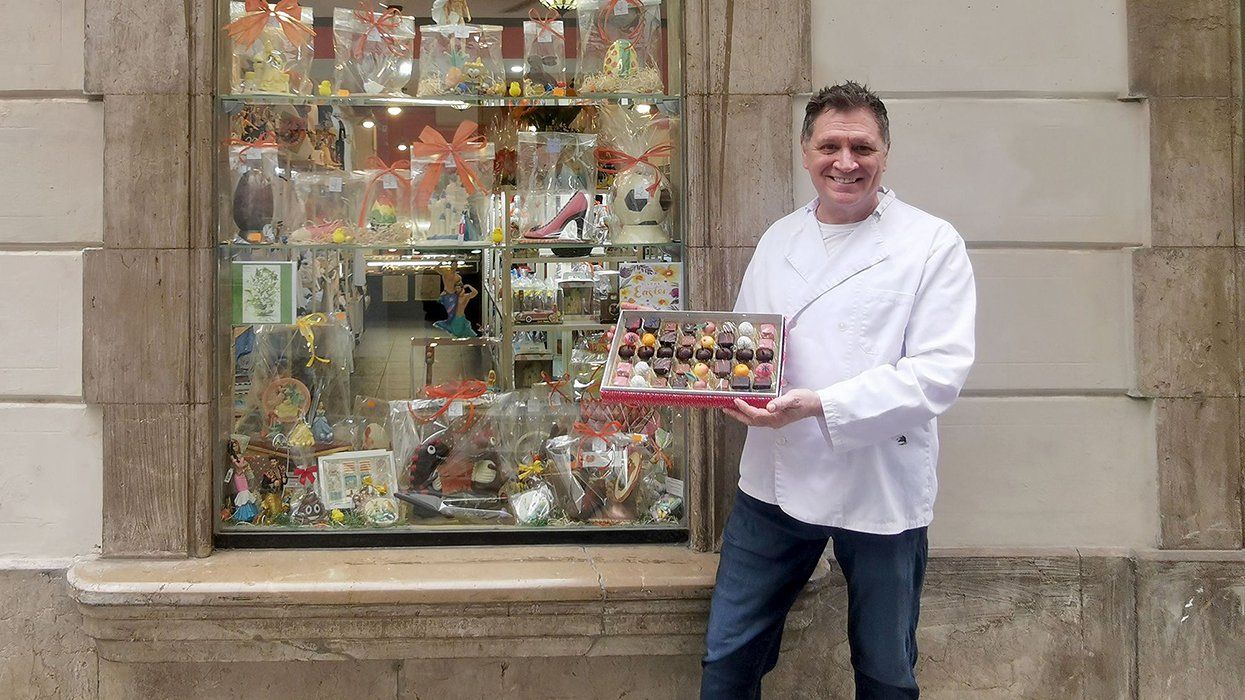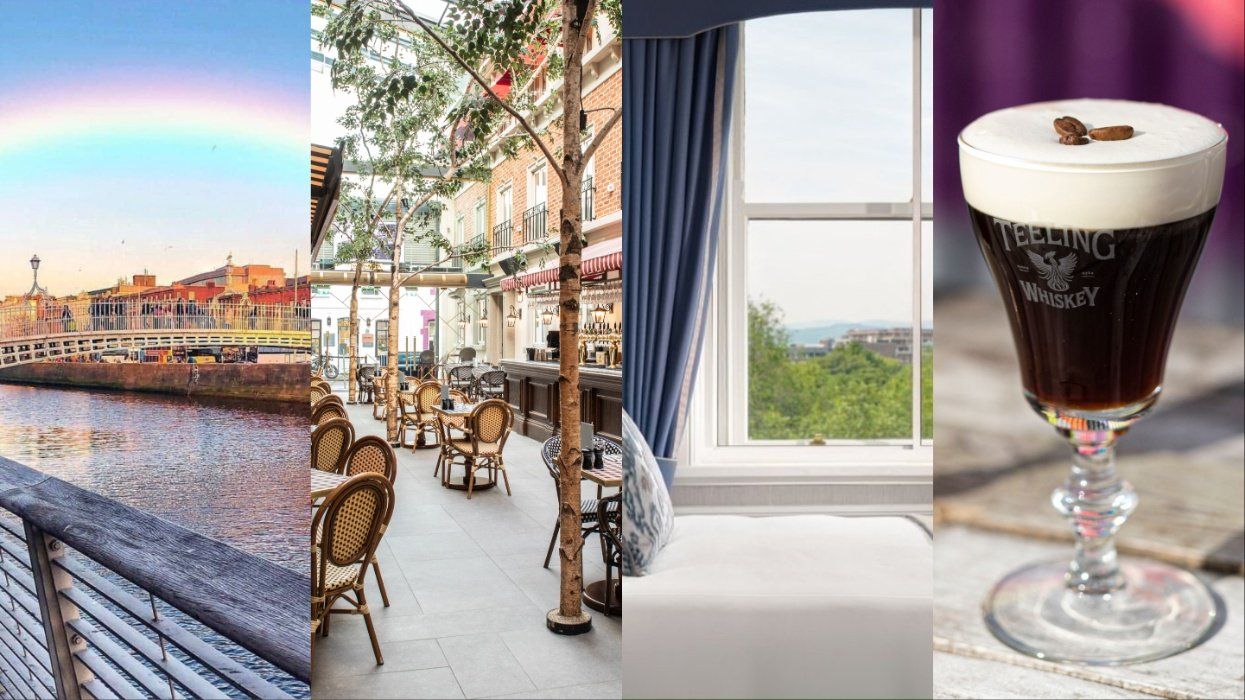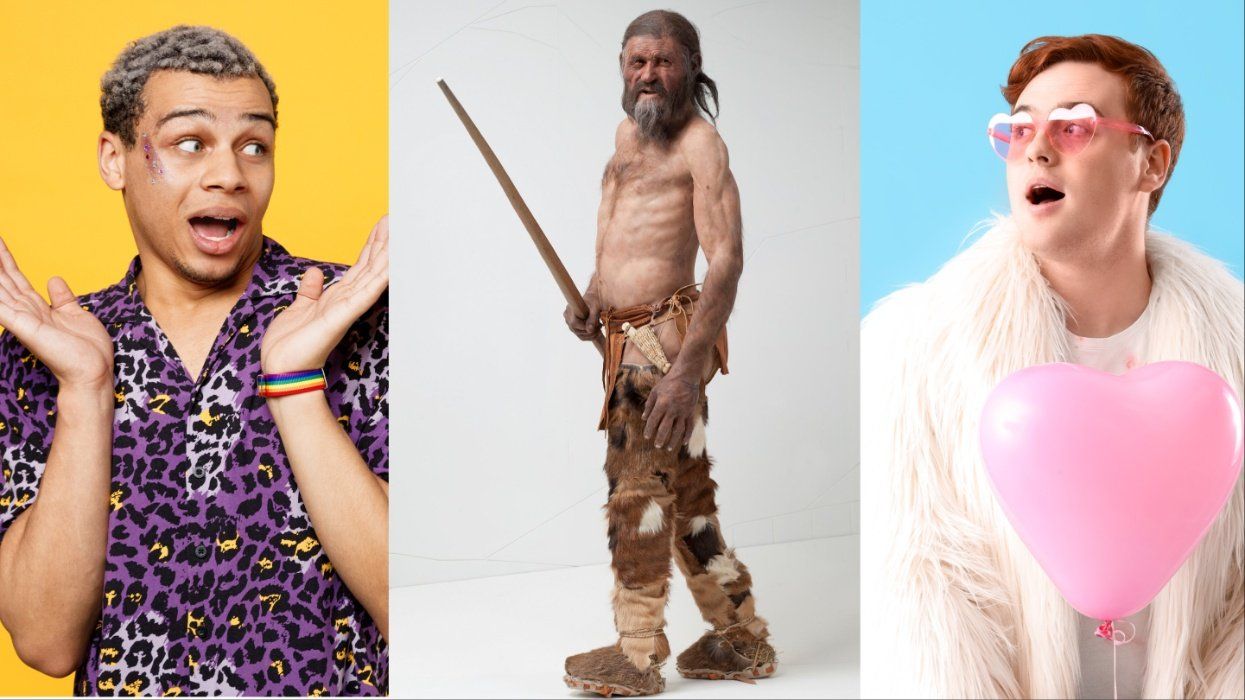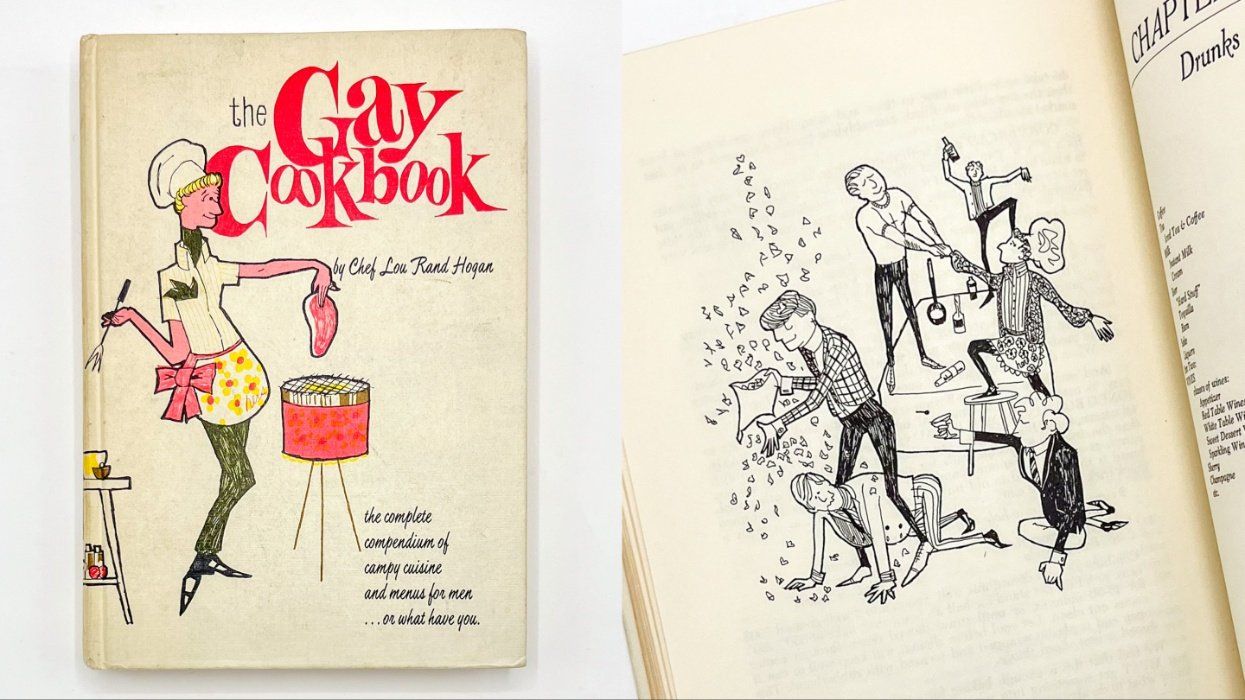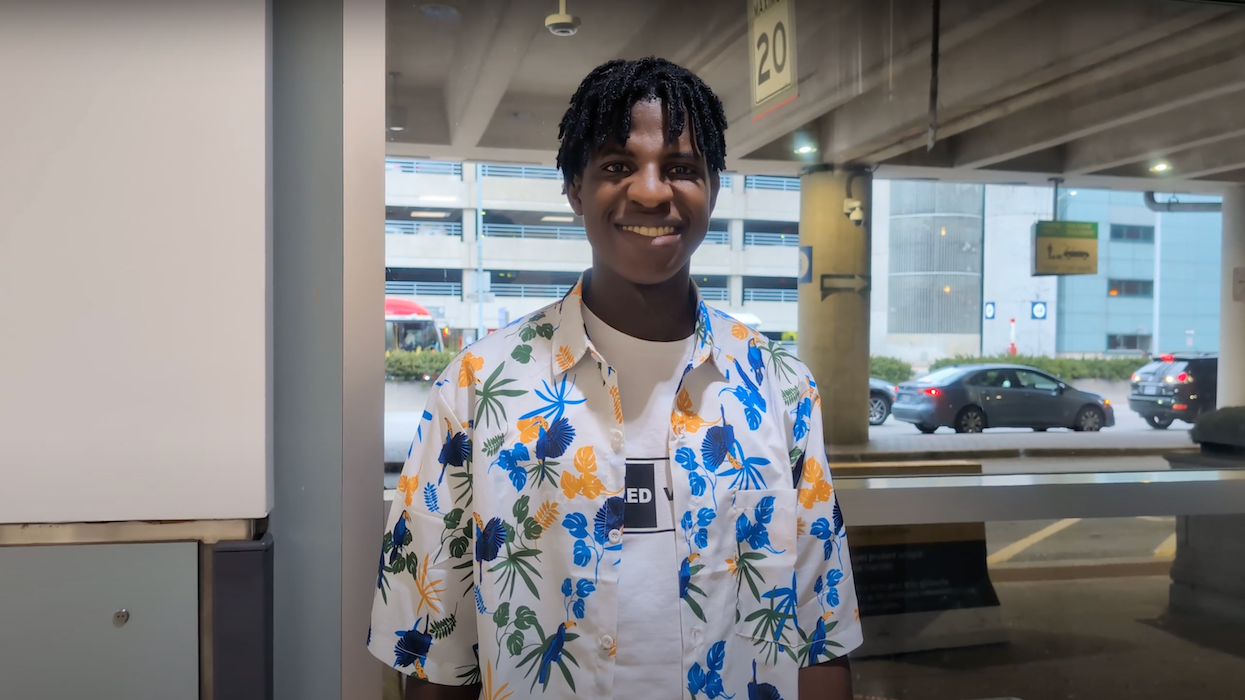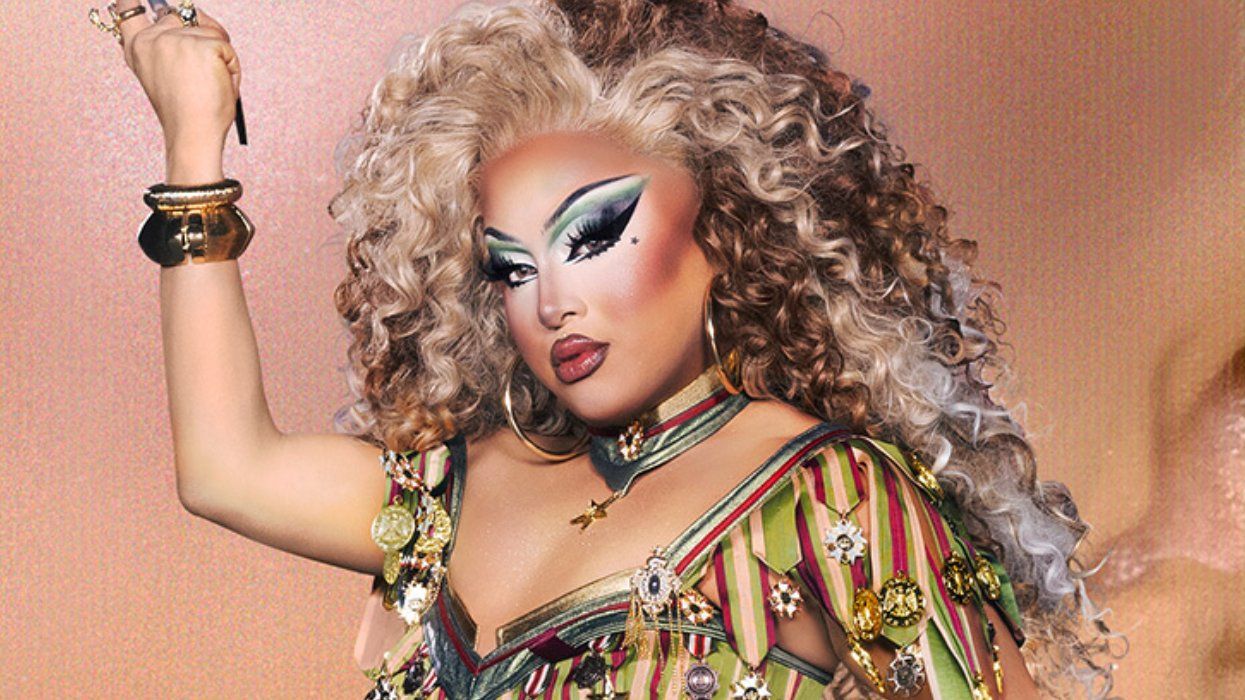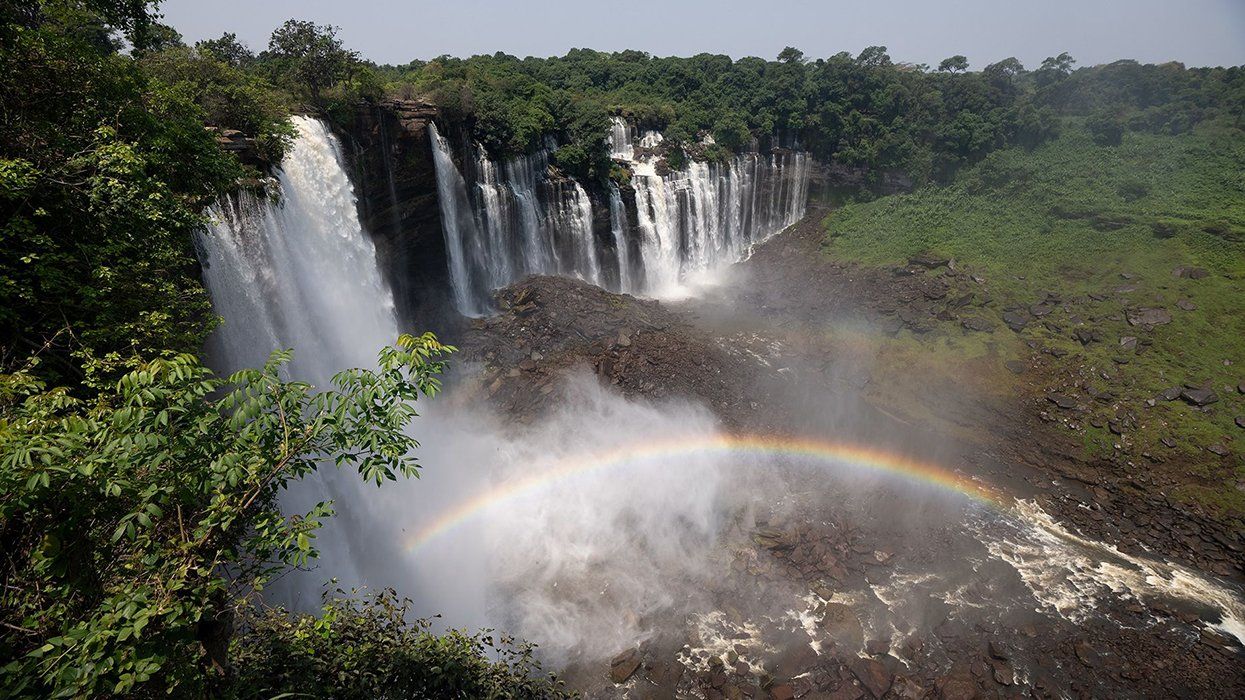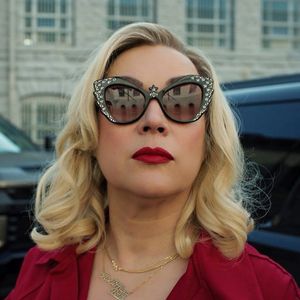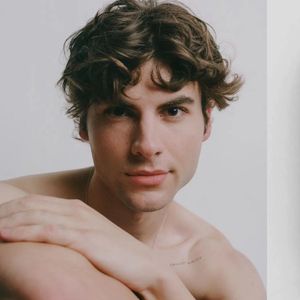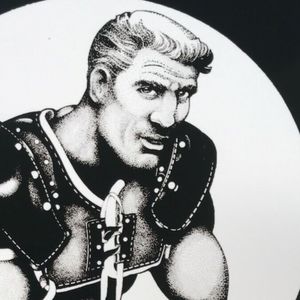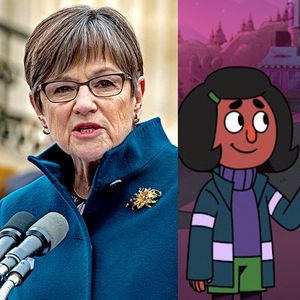CONTACTCAREER OPPORTUNITIESADVERTISE WITH USPRIVACY POLICYPRIVACY PREFERENCESTERMS OF USELEGAL NOTICE
© 2024 Pride Publishing Inc.
All Rights reserved
All Rights reserved
By continuing to use our site, you agree to our Private Policy and Terms of Use.
"Whereas the tourist generally hurries back home at the end of a few weeks or months, the traveler, belonging no more to one place than to the next, moves slowly, over periods of years, from one part of the earth to another."
Those simple words forever altered the world's perception of what it means to travel. They were written in Morocco in 1948 by Paul Bowles, the bisexual author of the timeless novel The Sheltering Sky. Of all the Western artists who have been irrefutably drawn to this numinous land residing beneath the tip of Spain, no other evoked with such precision its dreamlike mood, its "flaming sky in the west," and its "sharp mountains." In The Sheltering Sky, a world-weary American couple are fatefully drawn deeper and deeper into the great emptiness of the North African desert, and they are never the same again.
Bowles, who lived in Morocco from the '50s until his death in 1999, is the touchstone to a generation of wide-eyed travelers, both gay and straight, whom he single-handedly opened up to Morocco, and who still approach this luminous country with a mix of awe, fear, and reverence.
My Moroccan guide, Driss, has a different take on the matter. We are speeding along in a minivan across the cold, rock-strewn landscape that dominates Morocco with a tangible pressure, the High Atlas Mountains of legend standing quietly to the side, watching us. Driss had written a college thesis on Bowles and Western attitudes towards Moroccan culture. "Bowles could be so negative in his portrayal of us, painting our culture as dark and violent and incomprehensible," he says. "With many tourists, the road is already paved. They think they have stock knowledge of this place, but they don't. Coming here corrects what is mistaken about Muslim culture, about Africa in general."
I watched the dry land pass by me, reminding me of Bowles's ominous description of the desert: "It was too powerful an entity not to lend itself to personification. The desert--its very silence was like tacit admission of the half-conscious presence it harbored." I thought about my own stock knowledge of the country, painted on the walls of my mind by legends like Bowles and William Burroughs. Of closeted men in the '50s obtaining handsome youths in an uncomplicated bisexual culture where few sexual lines are drawn. Of dark, hallucinatory episodes where Westerners grappled with existentialist demons in a land they didn't understand their mesmeric attraction to.
The Moroccan city of Tangier 50 years ago was the notorious International Zone, where laws and mores had no meaning, where the personages of Tennessee Williams, William Burroughs, Joe Orton, Allen Ginsberg, Paul Bowles, and other queer literati washed ashore and fed their newly bohemian appetites for sex and drugs. But as this country at the beginning of the 21st century began to reveal itself to me, I saw a more intricate and complex pattern, as elaborate and adamant as the tile work that had withstood the centuries in the quiet chambers of the country's arched palaces.
Modern Morocco is a place with more paved roads than 10 of its African neighbors combined, where satellite dishes atop stucco roofs beam in global images from afar, where in a few short years all trade barriers with its giant brother Europe to the north will be abolished. It's a shining example amid troubled neighbors Algeria, mired in civil conflict, and Mauritania, one of the most destitute countries on earth. But Morocco is also a country where humans drenched in poverty drown while trying to cross the Strait of Gibraltar to prosperous Spain, where tired donkeys pull lemon carts across open sewers, where half of 30 million people cannot read or write. Morocco is ruled in mythical fashion by a new modern king with a genial fist, and it's slowly becoming poised to lift itself up from its long history of conquest, like the Greek demigod Atlas when he held up the sky from here.
The legendary city of Marrakech, nestled deep in the center of the country behind the Atlas Mountains, is, like most places once populated with hippies, now a magnet for those with money and taste. During my first night in the city, I sauntered down the wide avenue from the art deco palace of La Mamounia (Morocco's most famous and lush hotel) past a 12th-century minaret and onward to the pulsing heart of the city, the Djeema el-Fna. Like something out of a dream, this huge open square rose toward me--the reverberations of ancient flutes, the tang of roasting meats, the clicking of horse-drawn carriages, the calls of fortune-tellers and touts. Throngs of robed men crowded around spectacles like friendly impromptu boxing matches, swirling dances, and gambling games. A mazelike labyrinth souk (an old marketplace of narrow alleys) beckoned beyond. Bowles once said that without the ageless Djeema el-Fna, Marrakech would just be another city. The passage of time has no meaning in a place like this anyway--the overflowing energy of life is a constant, despite the ancient mud walls built around the city in an attempt to keep it hedged in.
Morocco may be resiliently anchored in its ancient sands, but as Driss and I drove through the concrete outskirts of Marrakech later on, I spotted neon Pizza Hut signs, shiny Mercedes cars, and modern American-style supermarkets. Most of this new prosperity can be attributed to the young monarch King Mohammed VI, who ascended the throne in 1999. His smiling, Big Brother-like photograph greets one in every store and office in Morocco, and he carefully balances Muslim tradition with European capitalism.
The king is rumored to be homosexual--but since it is a crime to speak ill of him in any way, don't expect to hear much above whispers. But then, gay identity in most parts of the developing world is a luxurious aspiration. Most marriages in Morocco are still arranged, women are cloistered away, and men form strong emotional bonds with one another that can be easily mistranslated by foreigners.
Marrakech has surpassed the sordid port of Tangier
as the contemporary gay capital of Morocco, thanks mainly to the influx of Westerners
who open up riads (guesthouses) in the city. I could feel the homo vibe
of the place when young men kept eyeing me in the square. I was uncertain if
they were pickpockets, simply curious, or outright cruising. I had been warned
that what could look like homosexual flirting could also be a setup for stealing
money--and they were firmly tracing the steps of tourists, not locals. I decided
to play it safe and dismiss their advances. Sure, I had heard bona fide stories
of male brothels existing into the '70s, but just a couple of months before
my arrival a gay British tourist had been jailed for having sex with a local
lad. And in 2004 a Moroccan newspaper reporter had been thrown in the slammer
for implying that the minister of finance was having homosexual trysts at a
seaside resort.
But where else besides public spaces would gay men meet? Morocco has no gay infrastructure of queer bars, restaurants, or hotels anywhere in the country. Furtive glances seem to line every caf?, every alleyway--leading to the mystery and sensuality that Bowles captured so well in his writings. Bowles may have had Moroccan lovers for most of his later life (and during his marriage to his lesbian wife, Jane), but for me, this would need to remain a romantic abstraction.
In Marrakech, I spoke with designer and architect Bill Willis, a well-known fixture of the local expatriate community since the '60s. "I stay away from the street boys in the square," he warns. "Anyway, I have two boyfriends here, and of course they are both happily married. Muslims don't have Christian guilt. There are no categories of gay and straight," he explains. "Marrakech is full of courtyards behind closed doors. And no one cares what goes on behind closed doors."
Willis's words echoed in my mind as Driss took me on tours of Marrakech's hidden architectural gems--most of which take the forms of ancient, elaborate courtyards and palaces once filled with sultans and concubines, carefully hidden from the world outside. The Ali ben Youssef Medersa (a theological college from the 1500s) is a marvel of geometrical patterns and archways, as is the relatively modern (late 1800s) Palais de la Bahia, richly decorated with intricate ceilings and elaborately carved doors. Tourists may come to Morocco for its arid beaches, its deserts, its monuments, and its architecture, but invariably they are smitten by the nation's greatest allure--its pulsating, living culture. And Marrakech, once the government capital and now the indisputable tourist capital, has culture in spades. You needn't go much farther than this city to get all of what Morocco promises. The place is distinctively Berber (an ancient, non-Arab race of people indigenous to Morocco). It's a culture known for its richly ornate details in its decorative arts. Morocco's history may be one of conquest by Romans, Vandals, Arabs, Spanish, and French (in that order), but the robust Berbers remained a thorn in each occupier's side. You can spot the Berber pride in the how the young men strut about the streets, with a confident air that echoes centuries of staunchly defended free will.
"At first, it seemed like the people were tough and it took me a long time to understand," Ania, a German riad owner in Marrakech told me. "But it in the end, this is an easygoing place where things are fluid and there is a solution to everything. The culture here is very deep."
I watched women in veils pass by our car as we left the pink stucco confines of Marrakech and passed through poorer villages straight into the harshness of the Atlas Mountains. We were headed to a little town at over 5,000 feet elevation called Imlil, about an hour and a half south of Marrakech. A river valley with agricultural terraces lay below the town, and above us loomed Jebel Toubkal, North Africa's highest mountain at 13,167 feet--part of the thick wall Berbers call the "Mountain of mountains." Here my bags were packed on a mule, and Driss and I climbed up a steep rocky path to the Kasbah du Toubkal. "You are going to fall in love with this place here," he prophesied. It was a centuries-old garrison-cum-luxury tourist lodge at the top of the world, framed by peaks heavy with a curtain of snow and ice. Martin Scorsese filmed Kundun here, to mimic the Himalayas of Tibet. Trekkers from around the world come here to hike the magical rocky folds.
After checking in I donned a hooded, robe-like jellaba and headed up into the valley on a trail behind the ancient kasbah. Old villages clung on to the steep slopes of the rough terrain on the sides of the valley. I soon passed a boy of about 12, also in a jellaba, who sang out to me, "Are you American?"
I thought I was blending in, but perhaps not. "Yes."
"Welcome to my country," he beamed. "Where are you from?"
"I live in New York."
"Oh." His expression grew despondent. "That Osama bin Laden, he is a bad man."
I looked up at him. "Yes."
"We are happy you are here." He burst into a huge smile as he turned away, and the deep sunset followed his disappearing shape down the mountain.
I reached the top of the trail and gazed down the valley as it darkened, home fires beginning to sparkle down its length. The desert stars became flush with the night; you could see so far into the sky, you felt like you were looking back on yourself. I thought about the men and children in the villages and how they abided despite the crushing snow and statistics against their survival. I thought about my own aunt who passed away years ago, who loved The Sheltering Sky but never had a chance to see this place, and I grew heavy with the weight of opportunities forever lost. I thought about how many people may never see this place, and although it was sad, there was some comfort in knowing it would always exist here anyway in its own content vacuum. And I thought about Bowles, the true and quintessential traveler, and how he loved a land he would happily never fully understand.
Accommodations
(Dial 011 before all international phone
numbers) Expensive: You can't say you've been to Marrakech without at
least stopping by La
Mamounia (Avenue Bab Jdid; 212-4438-8600; $275-$3,500), which opened
in 1923. Its modernist art deco-meets-North Africa style is as distinctive as
it gets, and it's still in great shape after a renovation a few years back.
The acres of quiet gardens (surrounded by the city's 12th-century ochre-colored
walls) are a welcome respite from the city's commotion. For a fully Moroccan
experience, stay in the lavish Menzeh Suite, and the ornate Le Marocain Restaurant
is to die for. If you're visiting the city of Fez, be sure to stay at the 11-suite
Riad Maison Bleue
(33 Derb el mitter talaa el Kabira; 212-5574-1873; $338 including breakfast).
It's housed in an elaborate 18th-century Andalusian-style palace built in 1900
that was once home to the famous Moroccan philosopher Lahbabi Aziz (who was
nominated for a Nobel Prize). There's a gorgeous courtyard with swimming pool,
fruit trees, mosaic pillars, and a rooftop patio restaurant overlooking the
city's ancient ramparts. Inexpensive-Moderate: Kasbah
du Toubkal (Imlil; 33-4-6645-8395; $132-$530) was rebuilt in 1990
from the ruins of a wealthy mountaintop house. Its mountain views are sweeping,
food is excellent, and the magnificent structure includes terraces, a hamman,
gardens, towers, and richly decorated rooms. In Essaouira, a popular seaside
resort town two hours from Marrakech, check into the gay-owned Riad
Gyvo (3 rue Mohamed ben Messaoud; 212-4447-5102; $107-$150). It's
a classic example of a swank Moroccan homestead, with stylish furnishings, open
courtyard, white stucco rooftop overlooking the ocean, and friendly Belgian
owners.
Restaurants
Inexpensive-Moderate: The Caf?-Restaurant
Argana (1 Souk Jdid, Djeema el-Fna; 212-4444-5350) is a restaurant perched
above the main square in Marrakech, perfect for sipping mint tea and watching
the colorful drama unfold below. Expensive:Le
Stylia (34 rue Ksour; 212-4444-0505; $60 prix fixe) is one of Marrakech's
opulent "palace restaurants," with indoor fountains, carved walls and balconies,
gloved waiters, and rose petals strewn on the carpet.
Nightlife
Rumor has it that the Diamant
Noir (Avenue Mohammed V; 212-4443-4351), with three bars and a
huge dance floor, is more gay than other clubs--although it may be hard to weed
out the gay from the gay-for-pay.
Getting There
Although you could try to figure out Morocco
on your own, you'd be crazy not to partake of the services of gay-owned Heritage
Tours (800-378-4555; NY residents call 212-206-8400), since it
can hook you up with gay-friendly local tour guides who can give incredible
insight into the country as well as book all of your hotels, airfare, and transportation
throughout the whole of Morocco from the comfort of an 800 number. Heritage
will give you the honest lowdown on what to expect, where the highlights and
lowlights are, and how to get the most from Morocco. The lesbian-owned Amber
Tours offers individualized healing retreats that include yoga
sessions, massage and water therapies, and cultural workshops. Royal
Air Maroc (800-344-6726) is a decent, modern airline with the only
nonstop service to Morocco from the States (via Casablanca), so unless you want
to unnecessarily add a European layover into the mix, stick with it.
The information in this story was accurate at the time of publication. We suggest that you confirm all details directly with the establishments mentioned before making travel plans. Please feel free to e-mail us at update@outtraveler.com if you have any new information.
Want more breaking equality news & trending entertainment stories?
Check out our NEW 24/7 streaming service: the Advocate Channel!
Download the Advocate Channel App for your mobile phone and your favorite streaming device!
From our Sponsors
Most Popular
Ron Amato Retrospective: 75 Gorgeous Images of Queer Men
March 07 2021 12:00 AM
UPDATED: Here Are the Final 27 Surviving Lesbian Bars In the U.S.
October 12 2022 5:15 PM
Just in Time for Pride – The 15 Gayest Cities in the World in 2023
April 12 2023 6:47 PM
Turkish Oil Wrestling: Male Bonding at the Kirkpinar Festival
December 20 2022 2:20 PM
The 13 Least Visited National Parks
January 07 2023 5:00 AM
OnlyFans Star Reno Gold on His New Boyfriend and Travel Show
December 16 2022 3:10 PM
Here are the Best Gay Sex and Male Nudity Scenes in 2022
April 19 2023 5:23 PM
Get Soaked! with These 35+ Steamy Pool Pics From This Year’s White Party
May 25 2023 9:29 AM
12 Years of Intimate Photos of Same Man - Taken by His Partner
August 29 2022 4:00 AM
Slovakian Jocks With Nothing to Hide
September 28 2021 3:00 PM
Outtraveler: Featured Video
Latest Stories
These are the 10 most challenged books of 2023
April 13 2024 10:06 AM
San Francisco: safe, authentic, affordable
April 12 2024 1:54 PM
From job loss to chocolate triumph: Gay man's journey from U.S. to Spain
April 11 2024 11:45 AM
Uncover Dublin's hidden LGBTQ+ gems
April 10 2024 4:56 PM
Ötzi, the world's sexiest world traveler mummy, reveals a thirsty secret
April 09 2024 5:13 PM
Discover endless fun at The Pride Store: Games & electronics for all ages
April 09 2024 4:25 PM
Unlocking a new level of beauty with Dr Botanicals' ethical skincare line
April 08 2024 3:39 PM
Unleash your wild side with The Pride Store’s beginner’s guide to kink
April 08 2024 3:35 PM
Today's eclipse forecast: prime viewing weather ahead
April 08 2024 9:55 AM
Celebrate 40 days of Pride on West Hollywood’s 40th anniversary
April 05 2024 4:27 PM
Rare pre-Stonewall ‘Gay Cookbook’ on sale in NYC this weekend!
April 05 2024 3:40 PM
Ugandan LGBTQ+ activist stabbed, left for dead, escapes to Canada
April 05 2024 7:00 AM
Adult entertainment icons Derek Kage & Cody Silver lead fight for free speech
April 03 2024 3:06 PM
'Drag Race's Morphine declares Miami a certified drag capital
April 03 2024 11:08 AM
Spring into The Pride Store’s top new arrivals for April
April 02 2024 4:39 PM
The incredible ‘sacred’ waterfall you probably never knew existed
April 02 2024 1:29 PM
EXCLUSIVE: Lady Bunny cuts ties, sues Bianca Del Rio
April 01 2024 10:17 AM
Equalpride's CEO on standing together this Transgender Day of Visibility
March 29 2024 3:00 PM

